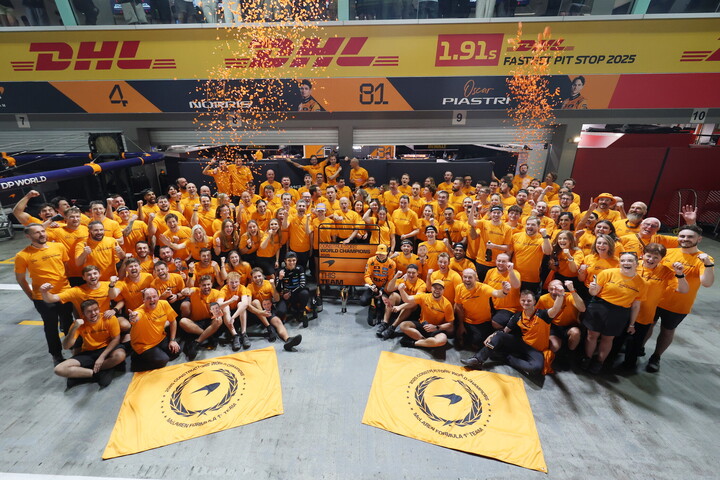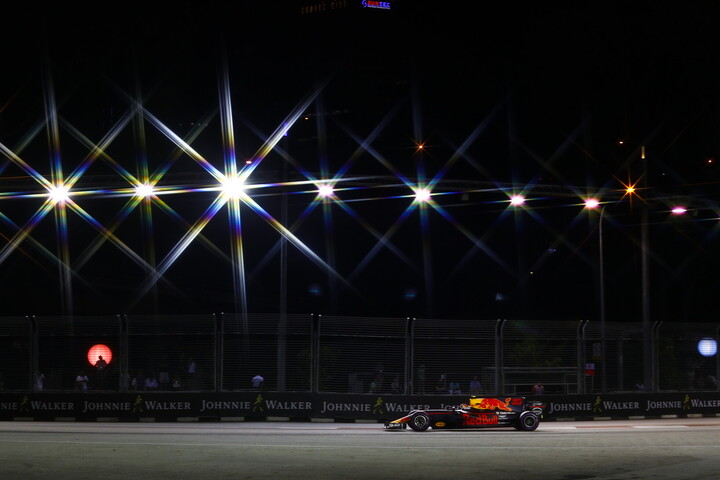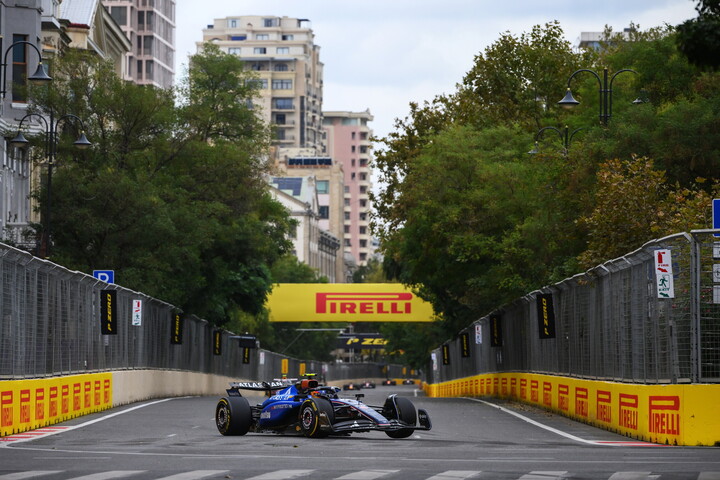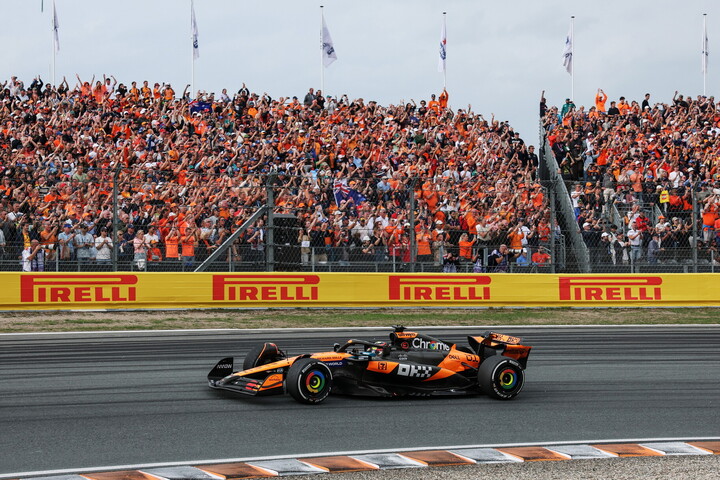Formula 1's first visit behind the Iron Curtain
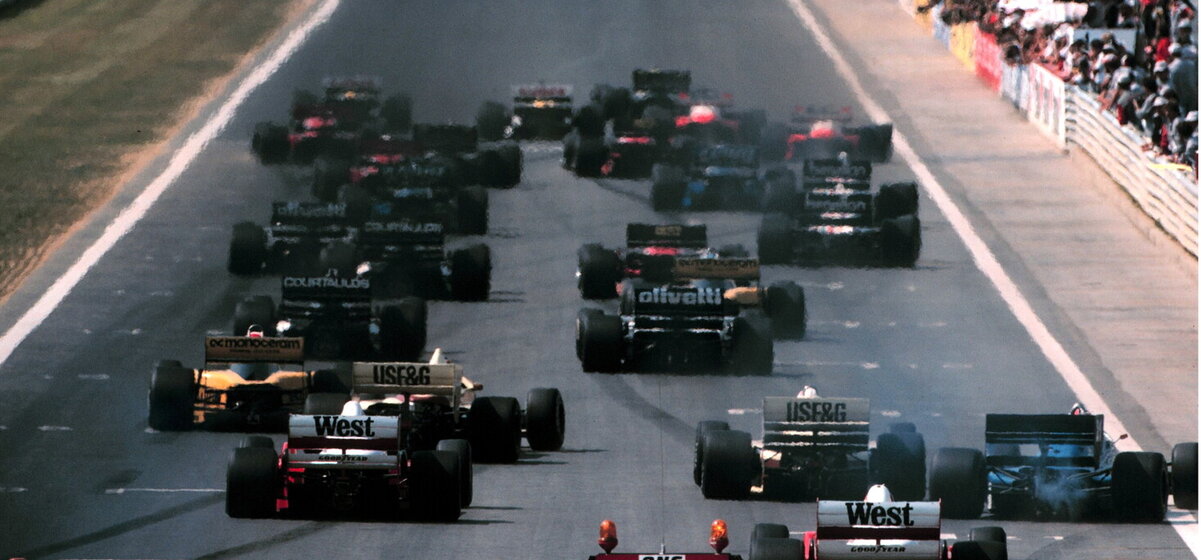
This weekend, the Hungaroring celebrates 40 years of hosting a round of the world championship, a significant milestone and a tangible sign of how this venue is now considered one of the classics on the calendar. Only seven other circuits have hosted more: Interlagos 41, Nurburging 41, Montreal 44, Spa-Francorchamps (58), Silverstone 60, Monaco (71) and Monza (74).
Since the inaugural race in 1986, the Hungarian Grand Prix has never missed a year and it's been the scene of several significant “firsts” starting with the inaugural event, as the sport had been behind the Iron Curtain, even if it wasn't quite the rigid demarcation it had been years earlier, at least in Hungary. At the time, the country with the Danube running through it enjoyed something of a privileged status within the sphere of influence of what was then the Soviet Union. It was still a communist regime, led by János Kádár in the aftermath of the 1956 revolution, but it had loosened its grip somewhat, especially economically and there were also minor concessions relating to freedom of movement within and beyond its borders. Therefore, by the 1980s Budapest was a popular destination for young tourists from both the West and the East.
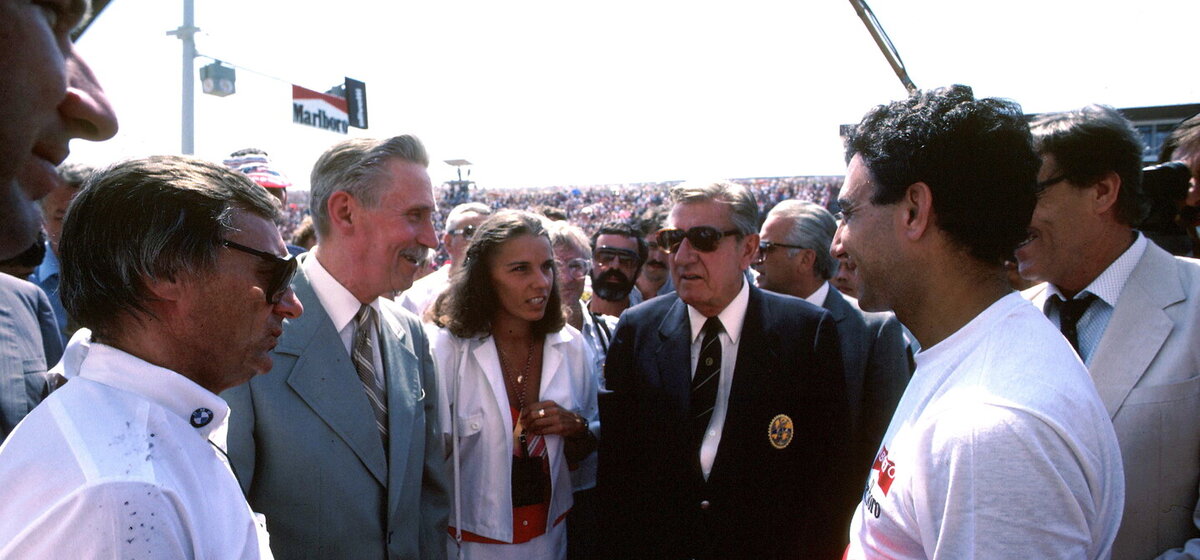
Since the start of the decade, Bernie Ecclestone had started working on the idea of bringing Formula 1, a symbol of capitalism, into Eastern Europe, if possible in the Soviet Union. The dream was to host a race in Moscow, but bureaucracy and the fear of a propaganda push, put a block on it. The idea resurfaced in March 1983 in Rio de Janeiro where Ecclestone, advised by his friend Tamás Rohonyi, a Hungarian who now lived in Brazil and who had helped organise that country's race with Mr. E, now suggested Hungary as a possible venue for a Formula 1 race.
Won over by the idea, the Hungarian government created a consortium tasked with negotiating directly with Ecclestone, with the approval of FISA. The two parties signed a five-year contract. FOCA secured the entire, if modest profit from television and advertising rights, while ticket sales would be the organisers' only source of income. After some procrastination, the Hungarian state decided to build a brand-new permanent circuit between the towns of Mogyoród and Kerepes, twenty kilometres from Budapest and they called it Hungaroring, a 6.4 kilometre long track completed in just eight months.
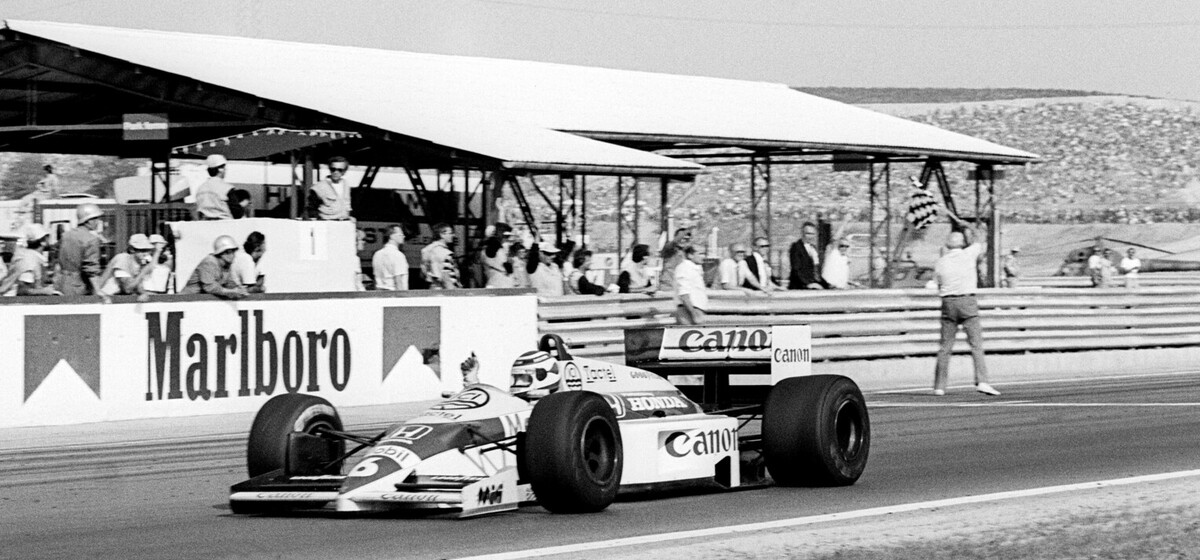
On August 10, 1986, the first Hungarian Grand Prix was held in front of a crowd of nearly 200,000 spectators, many of whom came from across the Eastern Bloc to witness the first Formula 1 event behind the Iron Curtain. The attendance figure stood for nearly a decade. Ayrton Senna in a Lotus and Nelson Piquet in a Williams had a thrilling duel that culminated in one of the most spectacular overtakes in Formula 1 history, with the win eventually going to Piquet. The success of the event cemented Hungary's status as a real exception in the communist world and marked the beginning of Formula 1's global expansion driven by Ecclestone.
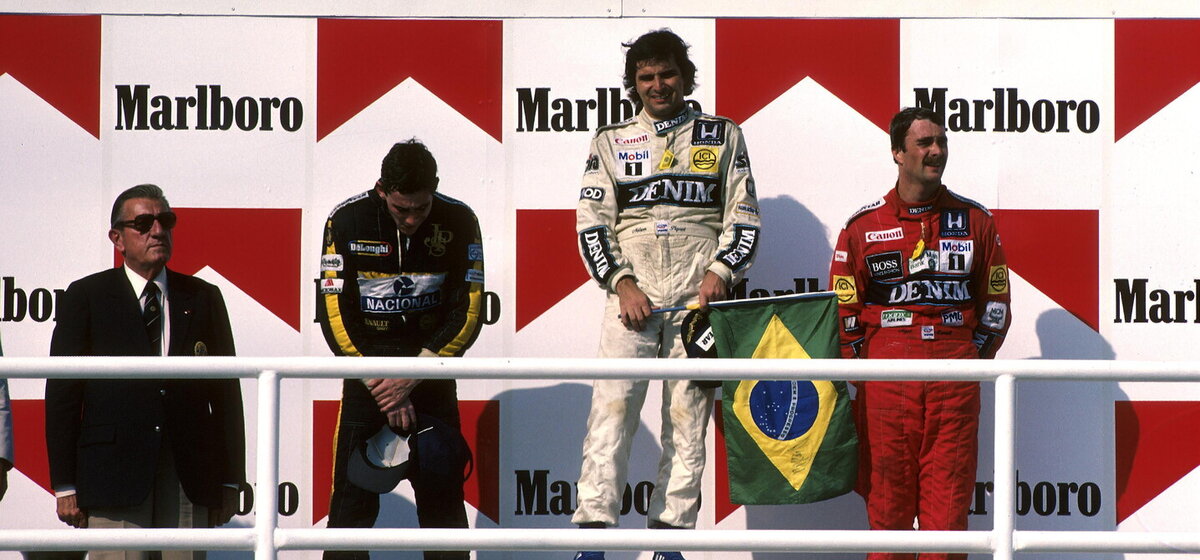
Forty years on, Formula 1 now takes in everything from the bright lights of Las Vegas to the palm trees of Melbourne, from the sunset in Abu Dhabi to the night race in Singapore, and the Hungaroring is still on the calendar. It has also managed to update the venue, undergoing a major facelift that brought it in line with the most modern circuits, while still retaining a certain Old Europe charm. That is undoubtedly enhanced by the beauty of Budapest, where even park benches seem to have a special allure.

